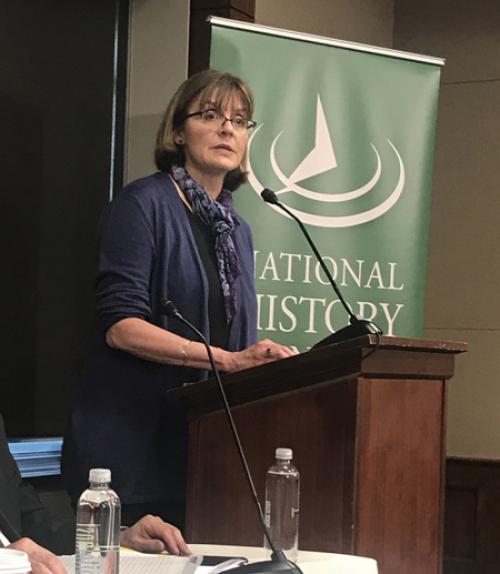
 Department Homepage
The College of Arts & Sciences
Department Homepage
The College of Arts & Sciences
Garcia briefs D.C. policymakers on the history of refugee policy
Historian Maria Cristina Garcia tells Congress why the past matters in the current debate over refugee admittance into the United States.




